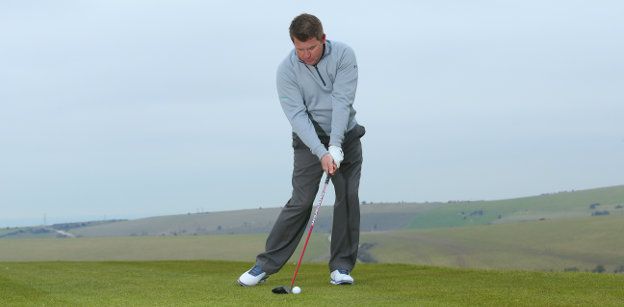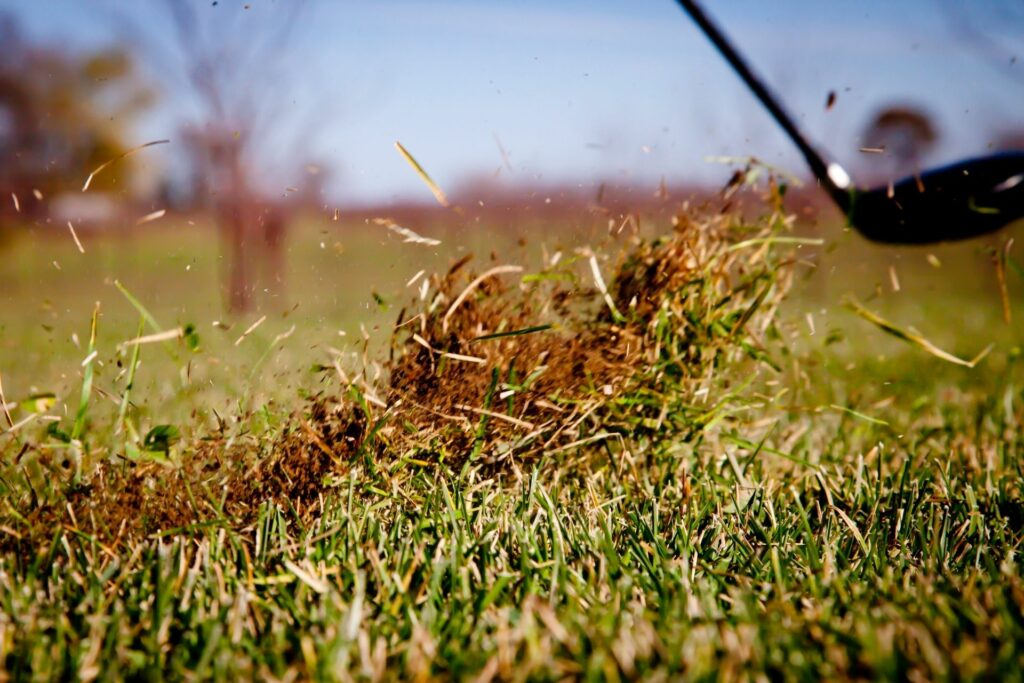Wouldn't it be great if you could understand your golf swing better? Ryan Fenwick explains that it is possible for you to learn how to identify the cause of your bad shots.
Golf coaches now have access to some great technology such as Trackman, Flightscope and video analysis. Unfortunately, you cannot take these with you when playing in a competition, but it is possible for you to learn how to identify the cause of your good and bad shots.
Learn from your ball flight and divot patterns
Common ball flights for a right-handed player, opposite for a left-hander
- SLICE - starts left and spins to the right
- PULL - starts left and stays left
- HOOK - starts right and spins to the left
- BLOCK - starts right and stays right
You can learn a lot from your divots, so check to see where they are pointing.
Straight divots

This will be a good square path delivery at impact. If the clubface is square, the ball will produce very little spin, improving your accuracy. The picture above highlights a good spine angle at impact that is slightly behind the ball with the hips driving forward to the target. Most good golfers swing sequence from the top of the swing will be: HIPS, TORSO, ARMS. Amateurs tend to be: ARMS, TORSO, HIPS.
Divots pointing to the right
This divot shows the club path is being delivered from inside to out. The divot tends to be quite shallow and will produce a blocked or hooked shot. This player may have a stronger grip, a flatter swing plane and struggle with a good rotation.
Divots pointing to the left
This divot shows the club path is being delivered from out to in. The divot tends to be deeper and will produce a pulled or sliced shot, leading to a loss of power. This player may have a weaker grip, a steeper swing plane and will not be using their lower half efficiently.
Here are some more hints and tips from our Women & Golf How to Improve section.
About Ryan Fenwick Golf Academy
The Ryan Fenwick Golf Academy is based at West Hove Golf Club in Brighton. Ryan is a former full time playing professional on several tours worldwide, turning professional in 2000 from a handicap of +3. Ryan is now a fully qualified PGA Professional. Find out more about the Ryan Fenwick Golf Academy here.










